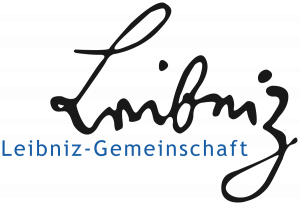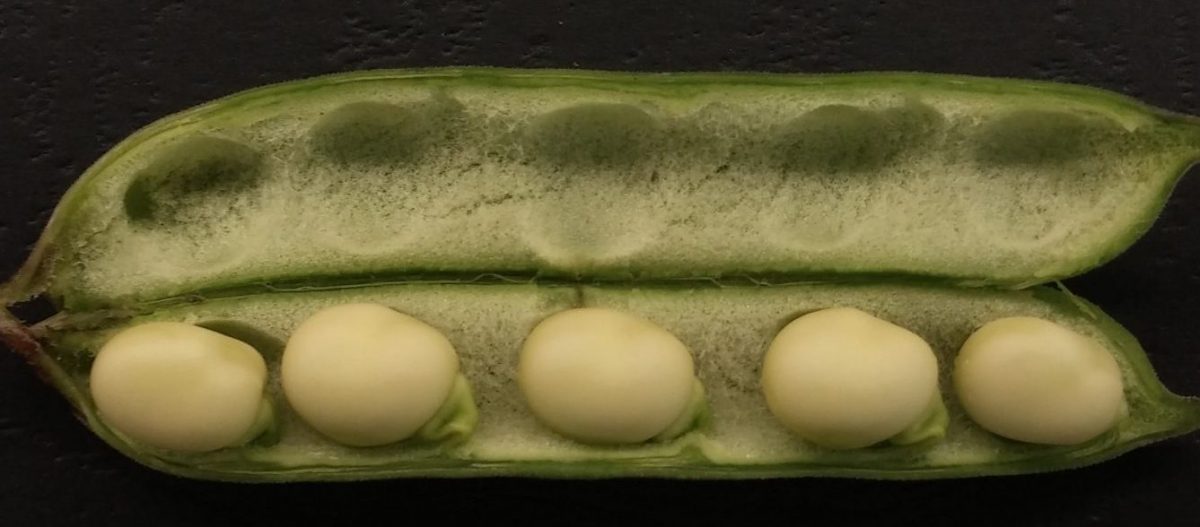Faba bean genomic tools
Tripping of faba bean flowers: Link1, Link2
Characterization of ex situ collections and diversity analysis
Genomic characterization of germplasm collections or genebank genomics has become crucial to decipher the origin of crops, demographic history, past and present selection pressures and identify superior parental lines. The IPK genebank hosts more than 1,600 faba bean accessions comprising three main botanical groups with regard to seed size including small-seed minor, large-seed major and intermediate seed size equina. We use genotyping-by-sequencing (GBS) for dense genome-wide genotyping of this collection. The variation matrix extracted from these datasets enable us to identify overall patterns of genetic diversity and population structure of our faba bean collections, potentially highlighting also redundancies by genetic duplication. In addition to the IPK collection, we also genotype the ProFaba panel (https://www.suscrop.eu/projects-first-call/profaba), breeding lines from Norddeutsche Pflanzenzucht Hans-Georg Lembke KG (NPZ), and a diversity panel from ICARDA. These data will inform the selection of core collections to be used for genetic and genomics analysis such as pan-genome construction, structural variant calling, trait mapping, gene discovery and allele mining.
Pan-genome assembly
It is widely recognized that a single reference genome cannot represent the full complement of sequence diversity of a species due to the prevalence of genomic structural variants (> 50 bp), which play an important role in adaptation, speciation and crop evolution. Consequently, a pan-genome infrastructure (a digital representation of multiple genome sequences) has become a critical resource for research and breeding. Recent cost reductions and technological advances in genome sequencing and assembly algorithms have made it possible to create multiple reference genomes along with a catalogue of all forms of genetic variations even in plant species with large and complex genomes. We established an international faba bean pan-genome consortium (“PanFaba”) together with international partners. We select twelve representative genotypes based on the diversity space for the pan-genome analysis. We use PacBio HiFi and Hi-C data to generate de novo genome assemblies.
Updating the faba bean reference genome
A complete and accurate reference genome is important to understand the genetic basis of trait variations and crop improvement in faba bean. We have assembled the first reference genome of faba bean cv. Hedin/2 with contig N50 of ~3 Mb. We are currently using optical (Bionano) map and Oxford nanopore ultra-long reads to further improve the assembly and reduce the number of gaps and unanchored contigs. This improved physical map is imperative for pan-genome analysis.
Genetic mapping of Ascochyta blight resistance
Ascochyta blight (Ascochyta fabae) is a fungal pathogen responsible for marked yield losses in spring and winter faba beans worldwide. We work with a biparental mapping population and a diversity panel to identify the genes conferring resistance to Ascochyta blight.
Funding



